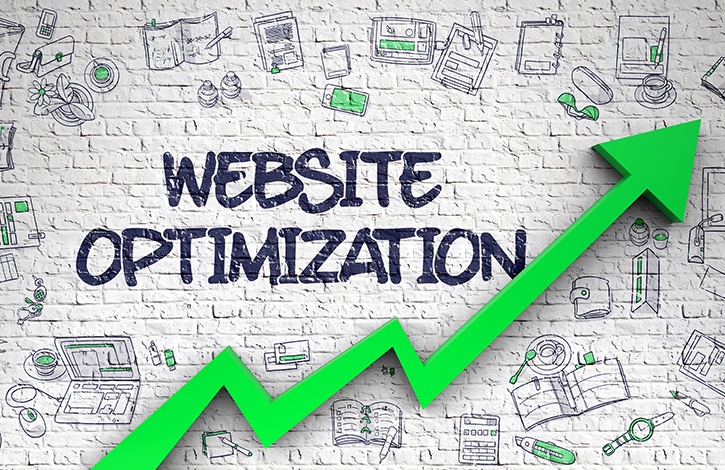So you’ve got an awesome new website – at least for today – and started sending your informative and entertaining email newsletter out once a month. Now, it’s BOOM time, right? Traffic to your site is going to explode any minute — except it’s not.
You definitely made the right decision by taking your business online. Your reach has grown, but to no one’s surprise, so has your competition. A good website and newsletter to generate traffic would have been enough ten years ago, but not today. From a marketing perspective, these two elements are still very important tools. But, to get ahead of the pack you need to do more, which means implementing a solid search engine optimization (SEO) strategy.
The best formula for optimizing your website consists of both onsite SEO and offsite SEO. This month we’re looking at onsite SEO, which is the optimization of your website’s content as well as HTML code.
Exactly what is a good onsite SEO strategy? This is a multi layered question, with options at varying levels of complexity, effectiveness and cost. All things considered, cost is usually the biggest concern for small businesses. With that in mind, below are 3.1 very effective strategies that are affordable, and not too complex. With a little research, you can even do most of them yourself!
1. Speak Your Customers’ Language. The crux of successful onsite SEO is anticipating the types of queries that your customers and prospects are submitting to search engines and how they align with your products or services, then applying that to your site content.
For a long time, utilizing accurate keywords was the primary method to achieve the above. However, search engines have become much more sophisticated and that is no longer the case. Keywords are still a very important aspect to your site content, but today the greater goal of content is relevance. How relevant is your content to the objective of the user’s query? In other words, you need to understand who your users are and what they’re looking for, then create content that best meets that query — keywords included!
2. Become the King (or Queen) of Content. Creating website content that is relevant doesn’t mean offering only general information, but knowledge, advice and solutions. This type of content is what paints your business (and you) as an authority in your industry or field, the go-to guy/girl to whom users will refer when appropriate. Does that mean you need to write a bunch of long-winded articles like this? Nah.
Aside from your blog, creating and/or curating relevant and authoritative content can take the form of lists, white papers, photo galleries, live chat, webinars and the most entertaining format of our time, video. Whatever the format, make sure you have a large amount of content that is relevant, easy to read and navigate. If you’re curating other people’s content, make sure it’s appropriated with proper citation, please!
3. Don’t forget the man behind the curtain. Onsite SEO not only applies to your site’s content, but to the back end code as well, the invisible elements that help pull users to you. These elements include page titles, clean URLs (web addresses), image tags (alt-tags) and meta descriptions. Again, putting these in place does not have the same impact it once did, but doing so is still an important part of your overall strategy.
Keep in mind, applying these elements to your site may not be so easy. To get the most bang for your buck, you may want to consult a web developer or SEO expert.
3.1. Was it good for you? Being relevant and an authority is an awesome achievement, but it will get you squat if your website does not do the most basic thing: provide a good user experience. The more functional aspects of site optimization must be addressed to accomplish this. These include:
- Fast page loads
- Relative internal/external links
- Mobile friendliness
- Efficient navigation
There are more technical points to consider, but leave that to an expert to suggest and implement.
3.1.1 OK, a one-off. These tactics apply to an overall onsite SEO approach. But, don’t forget that most small business (just like politics) is local, thus there is one offsite SEO element that probably should not wait until the next article: make sure that your Google My Business profile is 100% complete and accurate!
SEO isn’t simple, but it is essential if you really want that BOOM. Can you hear it?




